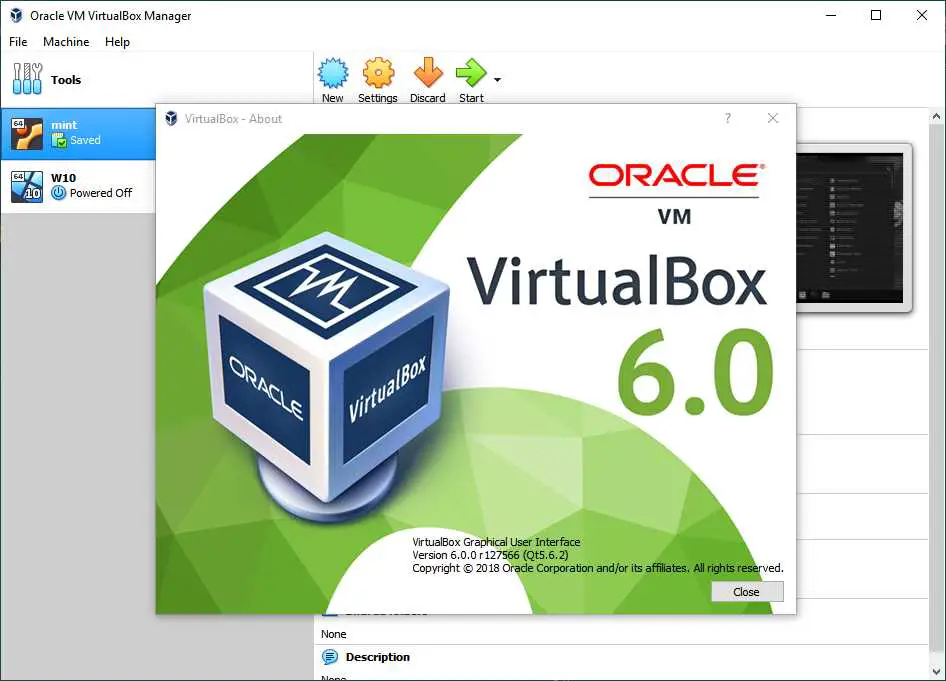

Parallels Desktop is a direct competitor to Fusion Pro and VMware Fusion, and it offers two versions for individuals and businesses. We cannot complete a discussion of virtualization software without mentioning Parallels Desktop. Fusion Pro is OS X only, so you can run Windows and Linux in a virtual machine on your Mac. The company only provides it for a particular purpose. This is often the first item on a list that is specific to a particular OS. While there may be other VMware products, to a great extent, Fusion Pro is at the heart of the cake. It is also only available for Windows and Linux but fully supports Windows10. It can be used to create and run virtual machines without switching operating systems, but be aware that the Workstation player cannot run on 3 virtual machines at the same time. Think of the Workstation Player as the friendly version of its older brother, Workstation Pro. System execution stops at that moment, and you can reuse it later. You can also "pause" the VM while it is running. When configuring a virtual machine, the user can specify the number of CPU cores and the RAM and disk space that needs to be allocated to the VM. The operating systems supported by VirtualBox include Windows, Linux, and macOS. We refer to the operating system that runs in the virtual machine as the "guest" OS. The operating system that VirtualBox runs on is the "host" OS. It creates a VM (virtual machine) that acts as a hypervisor and allows users to run other operating systems (OSs). This is an open-source software for the virtualization of the x86 computing architecture.


 0 kommentar(er)
0 kommentar(er)
